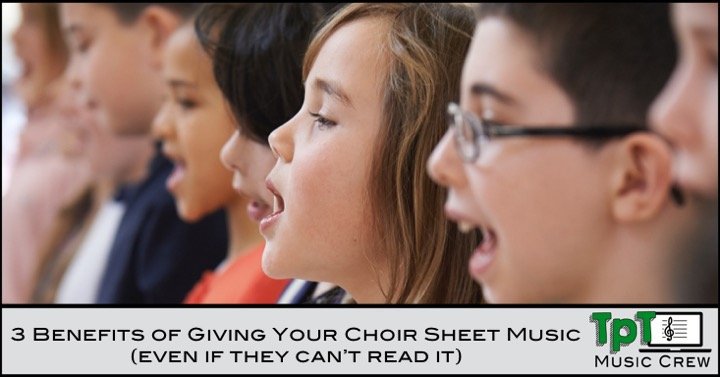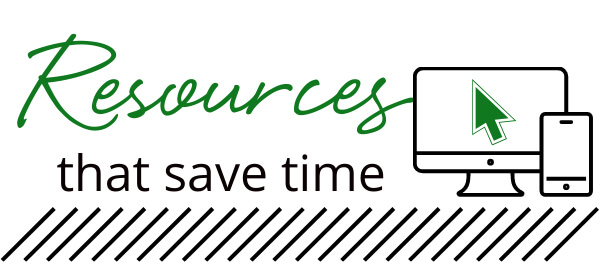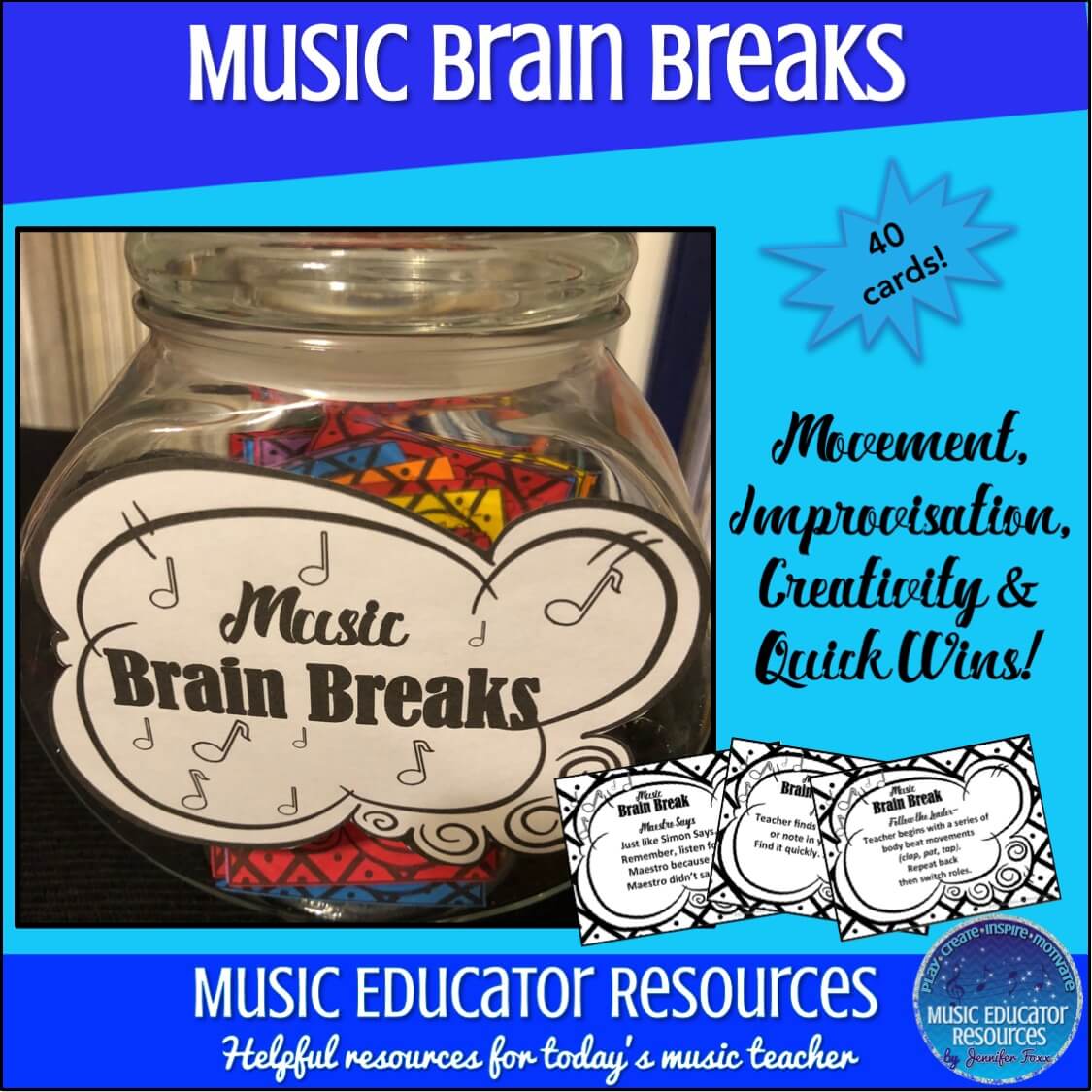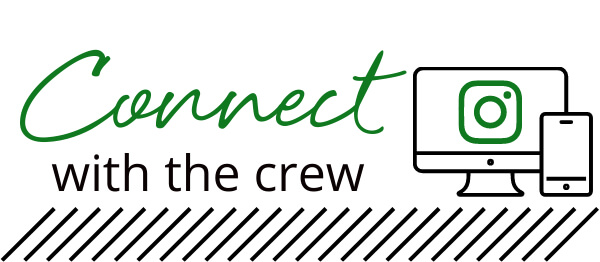
A few years back I had the unique opportunity of working at a first-year charter school. One of the most interesting and challenging aspects of this position was the fact that I had students coming literally from dozens of different schools. Each kid who stepped into my classroom had a different experience in music and possessed a wide variety of skills or, sadly, lack of skills. Although this worked out alright in the younger grades, getting all my older kids on the same page was a challenge.
In this setting I had to prepare the whole school, grades K-7, for a winter performance. I could have taught them everything by rote, which I did for K-2, but 3rd grade and up all got a folder with copies of the sheet music for their performance. Mind you, almost none of them could read music. Some knew a little bit about rhythms and various symbols, but they were far from being able to read their music independently. So why did I give them a complete copy of the music when I could have given a print-out of the lyrics? It certainly would have saved a ton of paper and avoided hours in the copy room!
The answer? Immersion.

Any musician knows that music is it’s own language – perhaps different than a spoken language but a language, nonetheless. We also know that many people learn new languages through the process of immersion. You may have experienced this in your own classroom with immigrant students who do not speak English but will learn very quickly from being in an environment where only English is used. Why couldn’t it work similarly for music?
Now, don’t get me wrong here. I understood that my kids would not become experts at reading music. I saw them once a week and had to pick and choose what I focused on, but at least I could get them thinking about the relationship between what they see, what they hear, and what they sing. As I experimented with this not only with my general music kids but also with my 4th/5th grade choir (which also met weekly) here are the top three benefits I found to doing things.
1) It creates teachable moments.
Without the ability to spend sufficient time on each individual concept, I look through the music and find opportunities to teach bits and pieces from what’s there. Even though I still teach much of the song by rote I’m able to pick out some very basic concepts – we’re talking intro to music theory – but they start making connections which is what I’m hoping for. Some of the concepts that I cover include:
- Diction and Vowels – Teaching various IPA symbols and best practices for pronunciation. Over time they start to pronounce ending consonants independently. I don’t know about you, but that tickles me immensely!
- Rhythm – This goes hand-in-hand with diction, specifically coordinating ending consonants. A lot of times we’ll talk about the length of notes and how this helps everyone know when to finish the words together. I’ll also teach them the basics of time signature and have them conduct sections with me to internalize the rhythm and understand that there is, indeed, a purpose to my arm flapping.
- Tempo, Dynamics, Articulation – Pretty self-explanatory. If I don’t have to constantly explain what a crescendo is or what moderato means then it saves a ton of time.
- Melody – “The notes get higher on the page, it means your voice gets higher. If they get lower, your voice gets lower. They stay the same, your voice stays the same.” This may seem obvious but this is probably one of the things I discussed the most and was a revelation to several of my students. Once a week is not enough time to teach them sight-reading along with everything else, but discussing this reinforces once again that what they see matches what they hear matches what they sing.
2) It saves time.
You’ve rehearsed the same section a hundred times and you find yourself pulling your hair out because your kids JUST. CAN’T. REMEMBER. and you’re way behind your practice schedule. Last school year I had to take a leave of absence and was lucky enough to have a former music teacher cover for me. Her background was band and french horn but she graciously offered to keep my choir going until I could get back. Although she did a great job and I was grateful for all the work she did it was an interesting case study in giving sheet music vs. giving lyrics sheets.
She had chosen some songs from the Music K-8 magazines and copied the lyrics sheets. They had learned the song decently from listening to the CD but had a difficult time remembering just the melody let alone everything else. When my kids have the music they also have a pencil in their hand and I tell them to mark everything. Writing notes to themselves and seeing those notes as they look at their music addresses kinesthetic and visual learning so they are more likely to remember. When introducing a new song, especially one that is quite tricky, I will take a picture of the music and mark it up in PowerPoint. We’ll walk through it in rehearsal together and they are expected to write the notes down. It’s a lot of work up front but saves a lot of time later. If they make a mistake or are struggling with a passage I can say, “What does your marking say?” or “Why did you mark it this way?” and avoid constant reteaching. It also adds a certain amount of responsibility on the students, which takes us to my final point…
3) It prepares students for their future choral experiences.
When students aren’t just copying the teacher and have to actively engage in the process of what they are learning, they need to take ownership of their knowledge and experience. When I walk my kids through marking their music and discuss what is happening, I am passing responsibility for knowing their music to them. I am also helping them forge habits that they can take with them to middle and high school chorus (or even band). They will be able to deconstruct some of what is happening in the music and know different ways to annotate their score, all without someone telling them to do so.
Good Luck!
I know many of your are probably in the process of preparing for some sort of spring or end-of-year performance. Whether you’re a new teacher or a veteran looking for a new perspective, I hope you were able to get some helpful tips and new ideas. Share in the comments what has worked for you when teaching music to your chorus.
Tunefully Yours,
Tamara Peters































Thank you for writing this post! Your point about immersion is well-said. I have to admit that I rarely give my choir students sheet music… I found that they were overwhelmed by it, and all of the mental energy required to keep up with the page turns etc took away from their ability to learn the piece. I have always agreed with your point about how they can make a connection between what they see and what they are hearing/doing, even if they can’t read it all yet, but your point about immersion is one that I hadn’t really focused on and has given me new food for thought. I definitely focus on notation in my general music class but wonder about bringing it back to my choirs as well. After reading your article I’m wondering about maybe getting them started on the piece first so they aren’t thinking about too many things at once, then handing out the sheet music and showing them where their part is that they already started to learn….? This is an on-going process for me and I appreciate your thoughts, especially as someone who has worked in a school environment somewhat similar to mine!